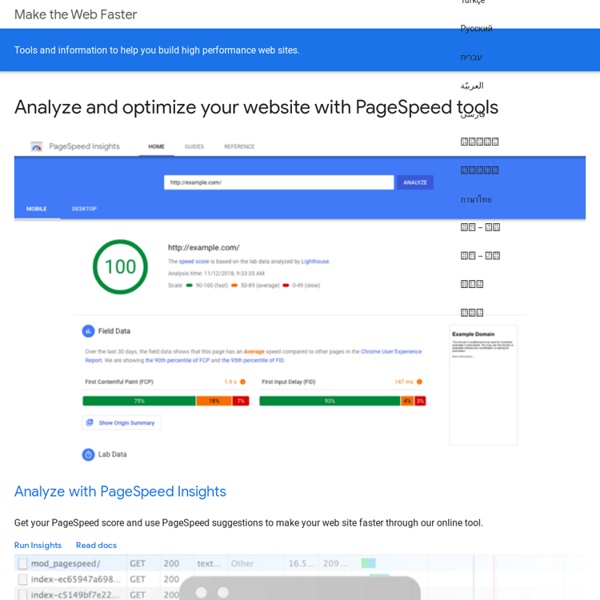Zoom
Trash
Related: Operation Paperclip
- Operation PaperClip Journalist's
- Computer Operation
- Operation Paperclip Scientists
- Phone Operation
- operation paperclip ->darpa
- TightVNC: VNC-Compatible Free Remote Control / Remote Desktop Software
- SFC /SCANNOW Command - System File Checker
- Enterprise SEO and Content Marketing Platform
- Color Contrast Checker
- How to Turn Your Computer Into the Ultimate Remote Access Media Server
- Réseaux sociaux : 4 outils pour augmenter son influence
- Know Your Network, Lesson 4: Access Your Home Computers from Anywhere
- The Bitcasa Cloud Storage Platform
- At Google X, a Top-Secret Lab Dreaming Up the Future - NYTimes.com
- Cool text Symbols for Facebook ツ
- Review Your Marketing | Free Website Review Tool | HubSpot's Marketing Grader
- A framework for creating ambitious web applications.
- How Much Does SEO Cost? | SEO Pricing (Problems) Explained!
- MessageToEagle.com - Thought-provoking news for open-minded people who can think "outside the box"!
- YSlow - Official Open Source Project Website
- RKill Download
- The True History and Purpose of NASA - YouTube
- Professional Resume Design for Non-Designers
- WebMeUp backlink tool - the most accurate link checker
- 100% Free SEO Tools - SmallSEOTools.com



Analyse eine beliebigen Website hinsichtlich des Ladeverhaltens. Ergebnis sind u.a. Verbesserungsvorschläge. by svenjaenchen Mar 26